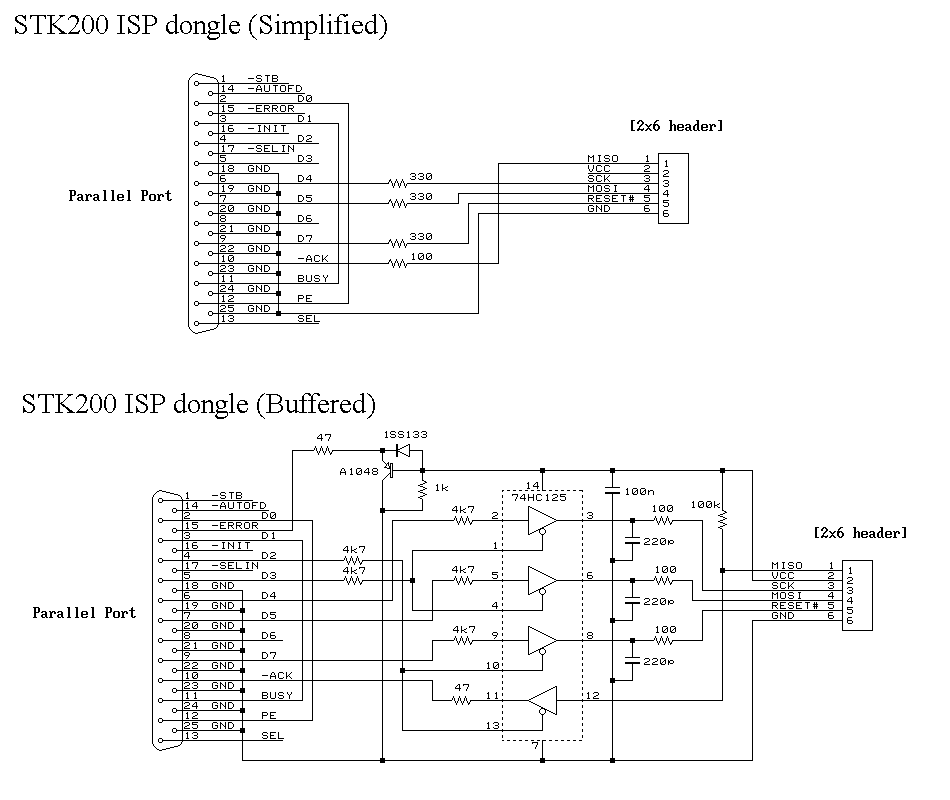How To Program A Lattice Cplds
Posted By admin On 09/03/18
Designing logic for CPLDs and FPGAs is very similar. Consult UC Berkeley’s EECS150 lab guides () for tons of detailed tutorials.

Soldering TQFP packages with an iron isn’t too bad, actually. Using lots of flux makes the job quick and clean.
We can create a custom programming solution that. Cypress, Lattice and others; NAND and NOR FLASH. Install Modprobe Android. Simple to use GUI interface for programming CPLDs and. Lattice Cpld Programming XJAnalyser – Provides a simple to configure, simple to use GUI interface for programming CPLDs and FPGA. Programming file (for example, *.pof for CPLD or *.jic for FPGA). In the upper menu go to. If the Altera device programming is intended to be via Corelis TAP1 only, change the SVF file name to the. Right click on the name of the _ Lattice.svf in the test plan, click Options. Check the “Use the. How To Program A Lattice Cpld Devices Lattice products are built to help you keep innovating. Las CPLDs pueden reemplazar miles.
CPLDs are very small, ultra low-cost FPGAs, and are definitely a great choice for a digital logic circuit. The performance gained by implementing a task-specific datapath on a CPLD and using a processor as control is incredible. The tools have a steep learning curve, but are indeed very powerful. After learning how to use programmable logic properly, microcontrollers seem overused, and often unnecesary for many designs.
Other comapnies still making CPLDs include Actel and Cypress. Quicklogic still makes some fpga/cpld hybrid type things. You should also mention the older and smaller PLD/PAL devices.
Alison Moyet The Minutes Rapidshare Downloader. TI still makes them, Lattice sells some, and Diodes Inc. Looks like they picked up the old ICT PEEL devices. IMHO, Using a CPLD to replace something like an 8-bit latch or a simple mux is usually a waste of money.
CPLDs are great at doing wide input functions, things like fast address decoders and counters, small state machines, picking up a few spare gates here and there, however, the registers inside them are relatively expensive because each one comes with a boatload of logic in front of it. 5V CPLDs can be a bit power hungry, especially really old stuff like bipolar 22V10s. Crack For Ps3 4.31. Don’t burn yourself like I did:-) Lattice has a decent selection of 5V parts which they acquired from AMD a long time ago. There are now some cool analog/digital CPLD hybrid things around like cypress PSoc and Lattice POWR chips. I just finished doing a design with a Lattice ispMACH4 part. Their design tools are free, too: You do need to buy a.